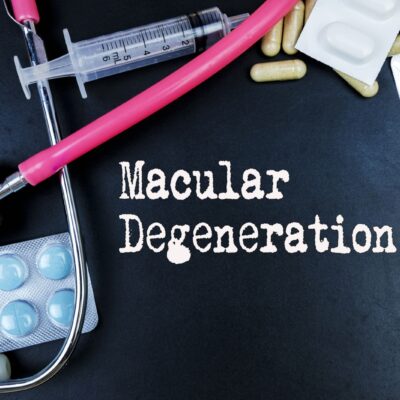
Health
5 Treatment For Excessive Sleepiness
Excessive sleepiness is a condition that can significantly impact daily life, making it hard to stay awake and alert. This issue is often associated with disorders like narcolepsy and hypersomnia. Understanding the root causes and finding effective treatments can be life-changing for those affected. While the occasional sleepy afternoon is normal, chronic excessive sleepiness is not something to ignore. It can affect work performance, social life, and overall well-being. Let’s explore some effective treatments that can help tackle this condition head-on. 1. Cognitive behavioral therapy Cognitive behavioral therapy (CBT) is not just for anxiety or depression. It’s also a fantastic tool for managing excessive sleepiness. By helping individuals identify and change negative thought patterns and behaviors, CBT can improve sleep hygiene and overall sleep quality. This therapy often involves keeping a sleep diary, setting a consistent sleep schedule, and creating a restful sleeping environment. These strategies can significantly reduce the symptoms of excessive sleepiness by promoting healthier sleep habits. 2. Medication management For some, medication may be necessary to manage excessive sleepiness, especially in cases of narcolepsy or hypersomnia. Stimulants like modafinil or armodafinil are commonly prescribed to help increase wakefulness. These medications can help maintain alertness during the day, but they should be used under the guidance of a healthcare professional.
Read More 














